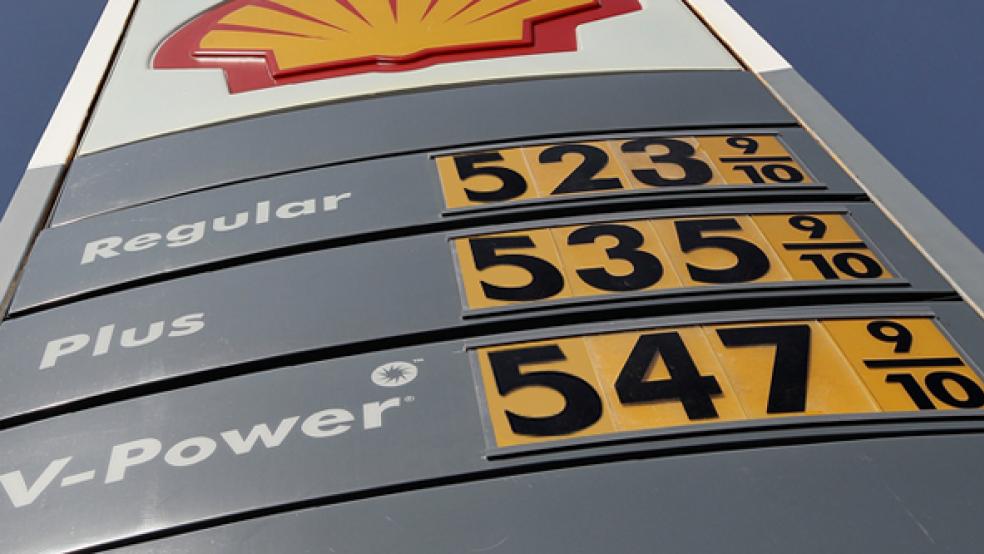While the tax plan (which was really more of a sketch) released by Donald Trump last week made no mention of a tax on gasoline, the president has said that such a levy could be on the table.
“It’s something that I would certainly consider, if we earmarked money toward the highways” Trump told Boomberg on Monday, adding that such a program would have the support of the trucking industry.
Related: Winners and Losers from Trump’s New Tax Plan
The current federal tax of 18.4 cents per gallon on regular gas and 24.4 cents per gallon on diesel have been in place since 1993. Inflation has reduced the value of the tax, even as Americans have switched to more fuel-efficient vehicles over the past two decades and are driving less. That’s led to funding problems for the Highway Trust Fund, which pays for federal transportation projects. At current rates of spending, the fund will be insolvent by 2021, according to an analysis by Congressional Budget Office.
Most experts agree that current infrastructure spending is inadequate. The American Society of Civil Engineers recently gave the country a D+ grade on overall infrastructure. The organization claims that congestion and traffic delays cost the country $160 billion in wasted time and fuel in 2014.
Lawmakers have unsuccessfully tried a handful of times, including most recently in 2015, to increase gas prices to fund infrastructure. They’ve had more success on the state level, where about 20 states have increased their gas taxes over the past five years, and more than 20 will consider doing so this year.
Americans might be able to absorb a gas tax now, with a strong economy and relatively low gas prices. The current national average price is $2.39 for a gallon, according to AAA, which is up 18 cents from this time last year, but still significantly lower than it was in 2014 or 2015.





